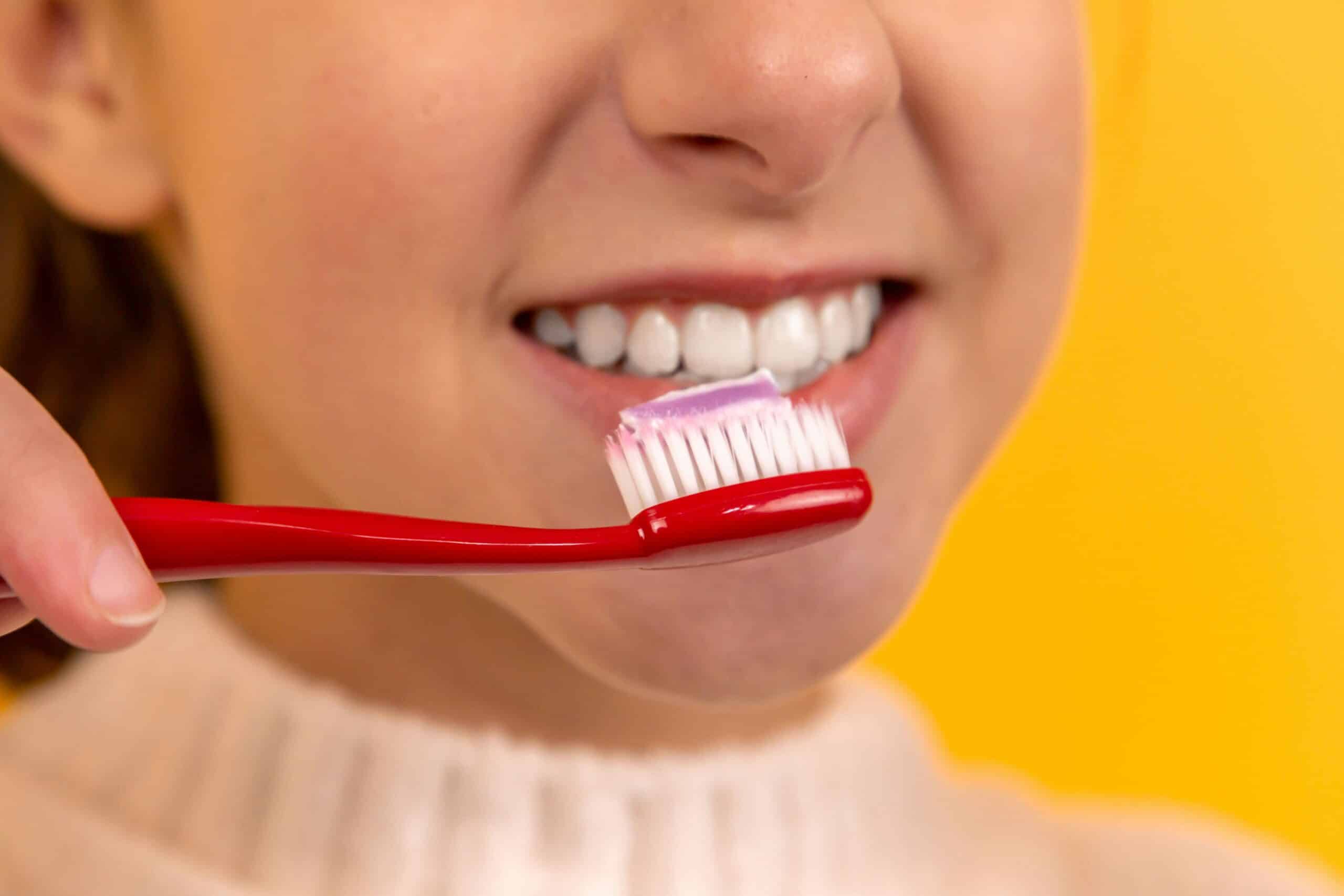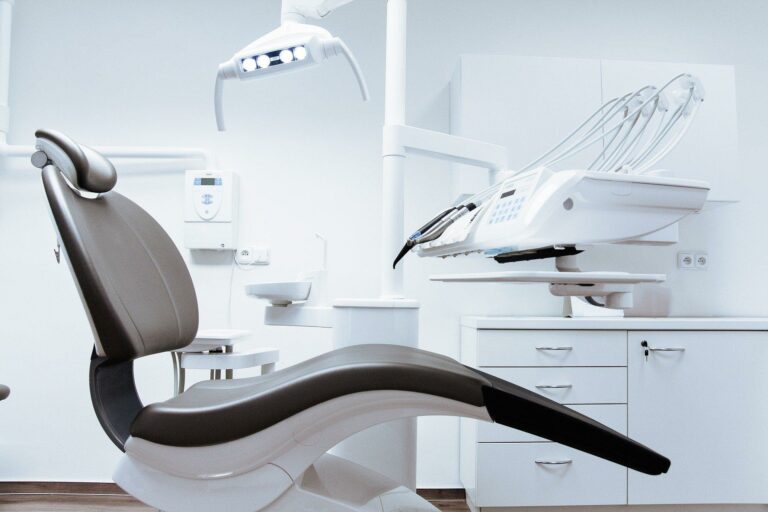Plaque vs Tartar: What’s the Difference and Why It Matters for Your Oral Health
We often hear patients ask, “What’s the difference between plaque and tartar?” It’s a great question—and an important one. Many people assume plaque and tartar are the same thing, but they’re actually two different stages of the same oral health issue. Understanding the difference between plaque vs tartar can help you take better care of your teeth, prevent cavities and gum disease, and keep your smile looking its best.
Let’s take a closer look at what each one is, how they form, and what you can do to prevent them.
What Is Plaque?
Plaque is a soft, sticky film that constantly forms on your teeth and gums throughout the day. Even if you can’t always see it, it’s there—especially after you eat or drink. Plaque is made up of millions of bacteria that naturally live in your mouth. These bacteria feed on the sugars and carbohydrates left behind from food and drinks.
After feeding, the bacteria produce acids that attack your tooth enamel (the protective outer layer of your teeth). Over time, these acids can wear away the enamel, leading to cavities (tooth decay), gum irritation, and bad breath.
You’ve probably noticed that fuzzy feeling on your teeth at the end of the day or when you wake up in the morning. That’s plaque. The good news is that plaque is soft and easy to remove with proper brushing and flossing.
How to Prevent Plaque Buildup
The key to controlling plaque is consistency. Here are a few simple habits that can make a big difference:
- Brush at least twice a day using a fluoride toothpaste.
- Floss once daily to remove plaque between teeth and under the gumline.
- Use an antibacterial mouthwash to help reduce bacteria.
- Chew sugar-free gum after meals to increase saliva flow, which helps wash away food particles.
- Stay hydrated. Drinking water throughout the day helps rinse away sugars and acids.
Without daily care, plaque doesn’t just sit there—it starts to harden. And that’s when it becomes tartar.
What Is Tartar?
When plaque isn’t removed regularly, it can harden into tartar (also called calculus). Tartar is a yellow or brown deposit that forms on the teeth, especially near the gumline or between teeth where it’s harder for brushing to reach. Unlike plaque, tartar is hard and porous, and once it forms, it can’t be removed with a toothbrush or floss. Only a dental professional can remove tartar using special instruments during a cleaning.
Plaque is soft and temporary—you can control it with good oral hygiene. Tartar, on the other hand, is stubborn and permanent until professionally cleaned. The longer tartar stays on your teeth, the more damage it can cause.
Why Tartar Is Harmful
Tartar isn’t just a cosmetic issue; it’s also a major threat to your oral health. Here’s why:
- Gum irritation: Tartar buildup can lead to inflammation of the gums (gingivitis), which is the earliest stage of gum disease.
- Tooth discoloration: Because tartar is often yellow or brown, it can make your teeth look stained or dirty.
- Increased tooth sensitivity: Tartar can erode enamel and expose sensitive areas of your teeth.
- Bad breath: The bacteria in tartar release foul-smelling compounds.
- Periodontal disease: If tartar is left untreated, it can cause gum recession, bone loss, and eventually tooth loss.
The only way to remove tartar once it’s formed is through a professional dental cleaning. This is a huge reason why your six-month checkups are so important.
Plaque vs Tartar: The Key Differences

The Role of Orthodontic Treatment in Plaque and Tartar Control
Crowded or crooked teeth can make it difficult to clean properly, creating small spaces where plaque easily hides and hardens into tartar. Overlapping teeth trap food particles, and even with good brushing habits, those hard-to-reach areas are more likely to experience buildup.
Straight teeth aren’t just about appearance—they’re also easier to keep clean. Orthodontic treatment (like braces or clear aligners) can help align your teeth so brushing and flossing are more effective, reducing your risk of both plaque and tartar accumulation.
If you’re currently undergoing orthodontic treatment, pay extra attention to your cleaning routine. Brush carefully around brackets and wires, use floss threaders or interdental brushes, and keep up with your regular dental cleanings.
Why Regular Dental Visits Are Essential
No matter how diligent you are about your oral hygiene, plaque and tartar formation are part of everyday life. Even the best toothbrush can’t reach every spot in your mouth. That’s why professional dental cleanings and checkups every six months are essential.
During your visit, your dental hygienist removes hardened tartar and checks for early signs of decay or gum disease. Catching these problems early can save you time, discomfort, and money in the long run.
Your dentist can also recommend specific products—like electric toothbrushes, fluoride rinses, or tartar-control toothpaste—to help manage plaque between visits.
Maintaining a Healthy Plaque- and Tartar-Free Smile
When it comes to plaque vs tartar, think of them as two stages of the same process. Plaque is the soft, bacterial film that forms daily, while tartar is the hardened version that develops when plaque isn’t removed. The more consistently you brush, floss, and visit your dentist, the better your chances of keeping tartar at bay.
A healthy smile is a sign of overall well-being. So take a few minutes each day to care for your teeth, and trust your dental team to help you maintain a bright and confident smile.
Disclaimer:
This content is for informational purposes only and is not intended as a substitute for professional dental or medical advice, diagnosis, or treatment. Always consult with your dentist or other qualified health providers regarding any questions you may have about your oral health.






